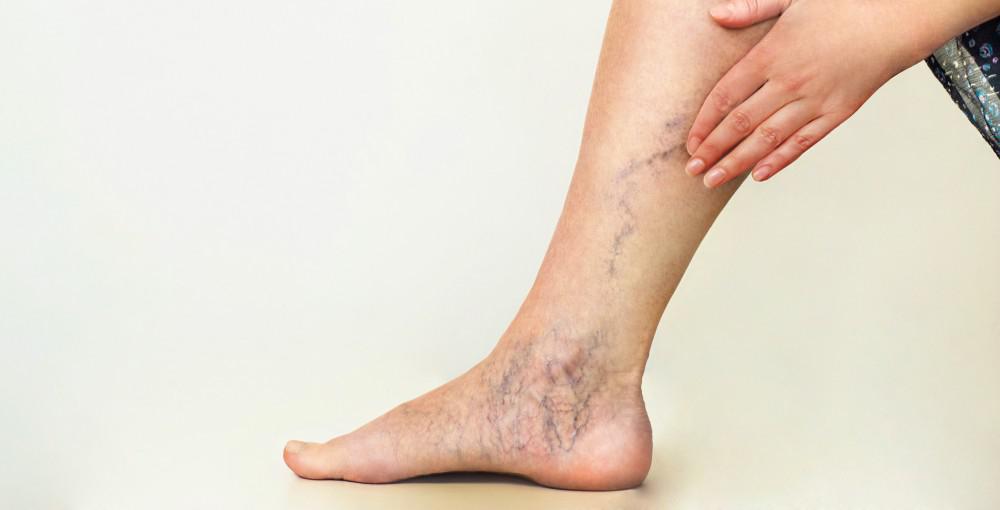What is Vein Disease?

Normally functioning valves move blood from the legs to the pelvic veins and back to the heart. When valves leak, blood begins to collect and pool, creating a high pressure system in the legs. This added pressure leads to the formation of varicose veins and spider veins at the skin’s surface. The visible veins are usually a telltale sign of leaky valves, and can be treated easily.
Spider veins often look like small bruises, or appear as red patchy areas that blanch when pressed. They are commonly found on thighs, legs, behind the knees and around the ankles. Spider veins typically do not cause symptoms, but some may become painful or itchy. Spider veins are common and affect millions of people in the U.S., and can be treated easily by OC VeinCare with little or no downtime.
Varicose veins are shallow or superficial veins that often appear as unsightly, bluish, twisted leg veins. Varicose veins are caused by non-functioning valves, also called ‘leaky’ valves, which form leaflets that look like the petals of a flower.
The leaflets in leaky valves are unable to form a seal, and allow blood to trickle down to the feet as gravity takes hold. Blood pools at the lower part of the legs, increasing the load on the leg veins. This added pressure causes varicose veins to bulge and become visible.
Symptoms such as leg pain, throbbing or heaviness are common. Itching and burning over the varicose veins, cramping, and leg swelling are also typical symptoms. If left untreated, complications related to blood clots can occur, along with skin breakdowns known as ulcers.
